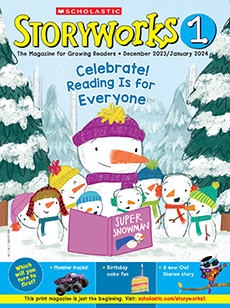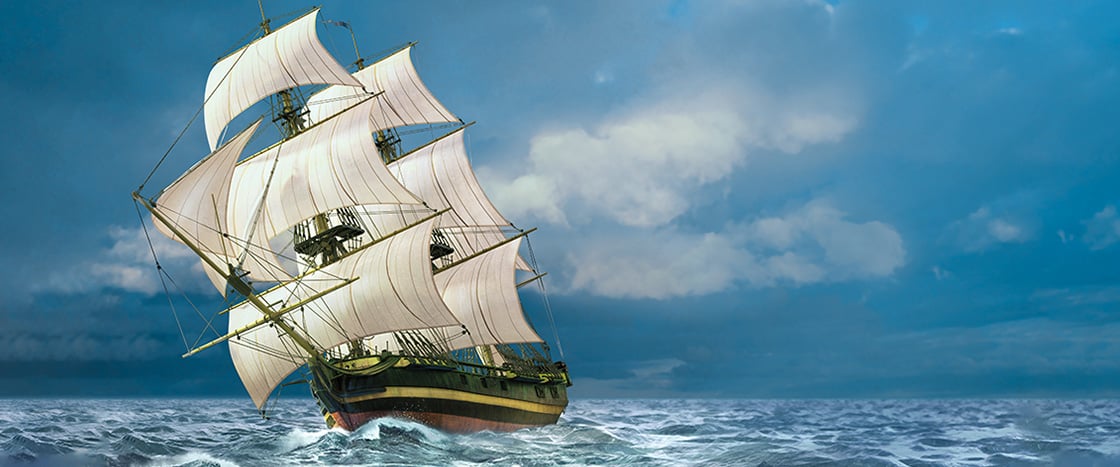Sam Bellamy
About 300 years ago, a famous pirate named Sam Bellamy sailed the seas. He and his crew hunted for other ships full of gold, silver, silk, and spices. Whenever they found one, they would attack the ship and rob the treasure!
At one point, Bellamy and his crew were sailing a ship called the Whydah (WIH-duh). It was filled with their stolen treasure, including 180 bags of gold and silver coins.
They were sailing close to shore when a terrible storm blew in. Waves crashed over the ship. Winds tore apart sails. The Whydah broke apart, and pirates fell into the sea.
Sam Bellamy and most of the crew were never heard from again. The ship and all the treasure sank to the bottom of the ocean.

